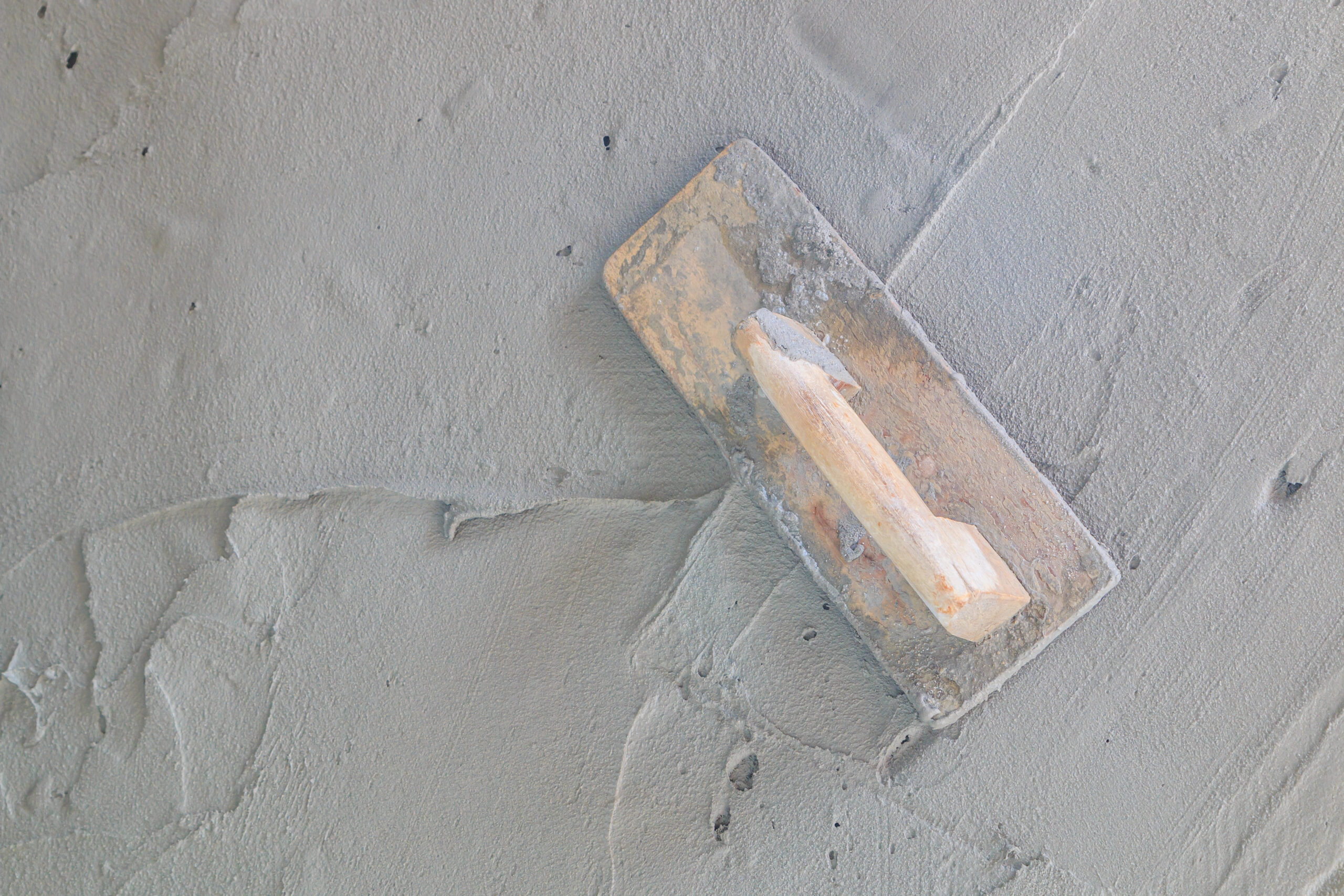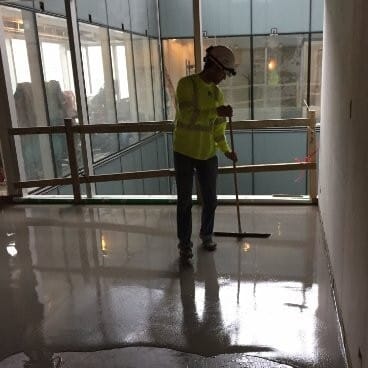Historic preservation serves two essential purposes: Keeping the history and character of a community alive and reducing greenhouse gas emissions by preventing the need for demolition and reconstruction.
Concrete is an essential component of many historic buildings; beyond its use in structural elements, the look and feel of concrete often play an important role in defining a building’s character. In this article, we’ve explored the importance of careful, considered, concrete repair work in restoring and preserving historic buildings:
Understanding Concrete Repair In Historic Preservation
Concrete has been used for thousands of years; it is the second most consumed substance on the planet (the first is water). Historic buildings of all kinds were built with concrete parts, from ancient structures like the legendary Roman Colosseum and Roman Pantheon to modern buildings like the Burj Khalifa.
Not all historic buildings are this grand; in Manitoba, humble but historic concrete structures like churches, grocery stores, and granaries were made of concrete blocks. In Winnipeg, our distinct brutalist buildings are often made of concrete and limestone.
Concrete is used in various ways in different buildings, from the exterior (like our brutalist buildings) to polished concrete flooring, foundations, roofing, and structural components. As historical preservation often dictates that the same materials be used in repair as were used in construction, concrete specialists are needed to properly repair and preserve historical buildings.
Balancing Function And Form
One of the key challenges of concrete restoration (and historical restoration in general) is balancing the need to preserve the aesthetics of a given building without sacrificing modern building standards and techniques.
We repair concrete flooring using a variety of materials, including caulks and epoxy injections. While these might be suitable for non-historic buildings, in a historic context, we would be far more likely to use concrete repair mortars, which are made of cement, water, and aggregates. These repair mortars better match the composition, texture, and appearance of historic concrete, allowing us to restore function without sacrificing form.
These kinds of trade-offs are extremely common in the repair strategies for historic structures; while it may be impossible (and less historically accurate) to completely replace the floor, repairs can be made with similar materials to preserve historical accuracy as closely as possible.
Common Repair Techniques And Their Applications
The techniques used to repair historic concrete structures vary significantly based on the task at hand. Common concrete restoration techniques include:
- Finding like-for-like materials to restore concrete while retaining as much of the original look and feel as possible
- Repairing cracks and other defects with cementitious mortar
- Using epoxy or polyurethane to provide moisture protection
- Repointing (replacing deteriorated mortar joints) between concrete masonry
- Repairing or reapplying concrete floor toppings
- Repolishing concrete floors
Best Practices For Concrete Repair In Historic Settings
The best practices for historic building repair in Canada are found in Canada’s Historic Places Standards and Guidelines. These guidelines include not only the standards for conserving historic places, but also the decision-making process used to determine what must be preserved and the types of treatments necessary.
Concrete restoration specialists should be brought into the decision-making process as early as possible. The techniques and materials available to perform preservative, rehabilitative, and restorative work can have a substantial impact on the type of work that will be done, the timeframe for that work, and the overall cost.
These guidelines recommend that concrete specialists look at the following when planning concrete repairs in historic settings:
- Considering the form, strength, colour, texture, and details of the concrete
- Attempting to source the same or similar aggregate
- Protecting the concrete with best practices (proper drainage)
- Cleaning concrete only when necessary
- Testing cleaning techniques on a small section before fully cleaning the concrete
- Inspecting painted concrete to see if repainting is necessary
- Removing peeling paint as gently as possible
- Reapplying concrete coatings if they are physically and chemically compatible with the previous surface treatment
- Retaining concrete elements where possible
- Stabilizing deteriorating concrete
- Repairing concrete instead of replacing it whenever possible
- Sealing inactive concrete cracks with cementitious mortar
These are just a few of the many recommendations brought forth by Canada’s Historic Places Standards and Guidelines. There are also exceptions to the rules; epoxy fillings, for example, may be used in concrete cracks to prevent moisture from entering a concrete mass.
Future Trends And Innovations
The future trends and innovations in concrete restoration begin with the past. Historic buildings typically used locally available materials and aggregates; doing so reduces the amount of transportation needed in construction and restoration, which subsequently lowers greenhouse gas emissions.
In a similar vein, restoration and rehabilitation are preferable to demolition from an environmental standpoint. Demolition means a new building must be constructed; this entails not only the loss of a historical building, but the very real environmental costs incurred by construction.
Looking to the past has also allowed us to reverse-engineer concrete that was used in Roman times; this concrete had additives like volcanic ash that made it self-healing. As we look to the future of restoration, we should consider whether or not additives can help prolong the lifespan of restorations without a significant impact on their form or appearance.
Conclusion
Concrete restoration specialists can closely match the form and function of the concrete being restored, helping city planners, architects, and other stakeholders reduce greenhouse gas emissions while preserving the historic character of their buildings.
Looking for concrete repair in Winnipeg? TCF West is one of the premier concrete restoration companies in Winnipeg. With specialized floor repair equipment and materials, and an incredible eye for detail, the team at TCF West can repair historic concrete while following the best practices set out by Canada’s Historic Places.
Contact us today!


